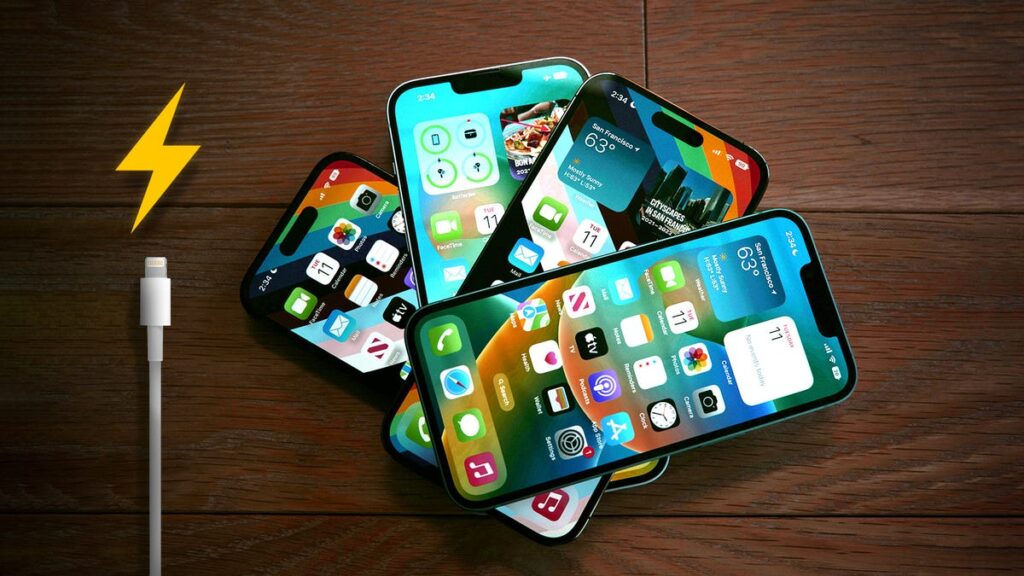The longer you’ve had your iPhone, the more you’ll notice the battery doesn’t hold up the way it did when it was brand-new. That’s natural. It’s normal for phone batteries tp naturally wear down over time, which means they can’t hold as much charge as they once did. That doesn’t mean you need to keep it plugged in all day or rely on Low Power Mode nonstop. With a few quick setting changes, you can stretch out your battery life, even on an older device.
No one wants their phone shutting off mid-directions, in the middle of a playlist, or right before sending a text. Instead of scrambling for a charger, take a minute to look at your settings. Turning off a few features that quietly drain power could give you more hours of use without much effort.
It’s also smart to check the Battery Health menu. This section shows you your battery’s maximum capacity percentage, how many charge cycles it’s been through and whether it’s still considered “normal.” Anything above 80% is generally a good sign.
We’ll walk you through three iOS settings that drain your iPhone’s battery the most and explain how turning them off can help you get more life out of your device.
Turn off widgets on your iPhone lock screen
All the widgets on your lock screen force your apps to automatically run in the background, constantly fetching data to update the information the widgets display, like sports scores or the weather. Because these apps are constantly running in the background due to your widgets, that means they continuously drain power.
If you want to help preserve some battery on iOS 18, the best thing to do is simply avoid widgets on your lock screen (and home screen). The easiest way to do this is to switch to another lock screen profile: Press your finger down on your existing lock screen and then swipe around to choose one that doesn’t have any widgets.
If you want to just remove the widgets from your existing lock screen, press down on your lock screen, hit Customize, choose the Lock Screen option, tap on the widget box and then hit the “—“ button on each widget to remove them.
If you’re already low on battery, it’s best to just switch to a wallpaper that doesn’t have lock screen widgets.
Reduce the motion of your iPhone UI
Your iPhone user interface has some fun, sleek animations. There’s the fluid motion of opening and closing apps, and the burst of color that appears when you activate Siri with Apple Intelligence, just to name a couple. These visual tricks help bring the slab of metal and glass in your hand to life. Unfortunately, they can also reduce your phone’s battery life.
If you want subtler animations across iOS, you can enable the Reduce Motion setting. To do this, go to Settings > Accessibility > Motion and toggle on Reduce Motion.
Visual tricks like the parallax effect are fun, but they can affect your battery life.
Switch off your iPhone’s keyboard vibration
Surprisingly, the keyboard on the iPhone has never had the ability to vibrate as you type, an addition called “haptic feedback” that was added to iPhones with iOS 16. Instead of just hearing click-clack sounds, haptic feedback gives each key a vibration, providing a more immersive experience as you type. According to Apple, the very same feature may also affect battery life.
Watch this: So Many iPhone Battery Complaints, but Why?
According to this Apple support page about the keyboard, haptic feedback “might affect the battery life of your iPhone.” No specifics are given as to how much battery life the keyboard feature drains, but if you want to conserve battery, it’s best to keep this feature disabled.
Fortunately, it is not enabled by default. If you’ve enabled it yourself, go to Settings > Sounds & Haptics > Keyboard Feedback and toggle off Haptic to turn off haptic feedback for your keyboard.
Every single time you type, you’ll feel a slight vibration for each key you hit.
For more tips on iOS, read about how to access your Control Center more easily and why you might want to only charge your iPhone to 95%.
Watch this: Introducing iOS 26 at WWDC25

